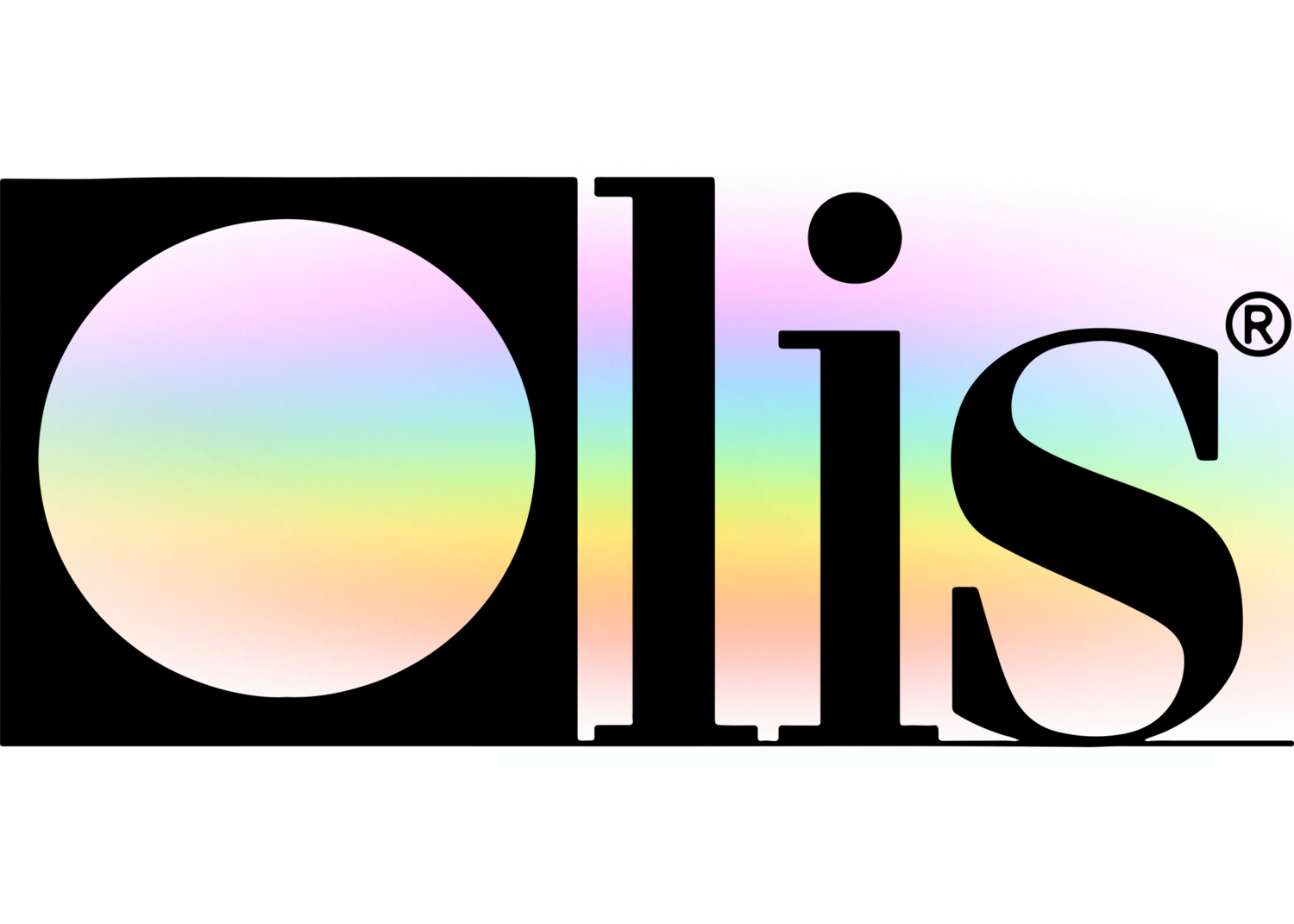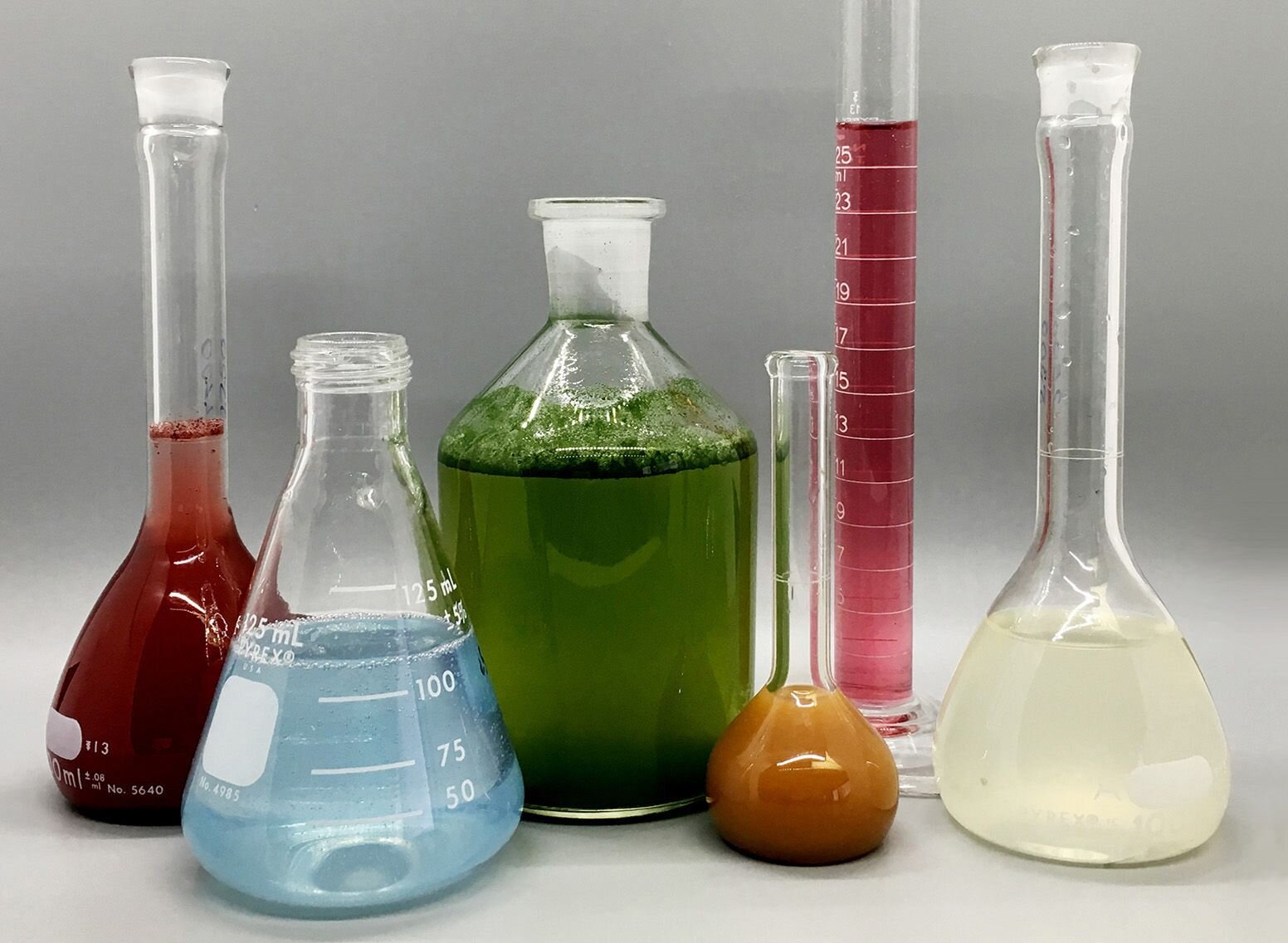Our Circular Dichroism PDFs
Our Circular Dichroism PDFs
Blog Article
The 7-Second Trick For Uv/vis/nir
Table of Contents8 Simple Techniques For SpectrophotometersThe Only Guide to Uv/visCircular Dichroism - TruthsThe 4-Minute Rule for Uv/visUnknown Facts About Uv/vis/nir

Spectrophotometry is a tool that hinges on the quantitative analysis of particles depending on how much light is taken in by colored substances.
Uv/vis/nir Things To Know Before You Get This
A spectrophotometer is commonly used for the measurement of transmittance or reflectance of options, transparent or nontransparent solids, such as polished glass, or gases. Although many biochemicals are colored, as in, they take in visible light and therefore can be measured by colorimetric procedures, even colorless biochemicals can typically be converted to colored compounds suitable for chromogenic color-forming responses to yield compounds appropriate for colorimetric analysis.: 65 However, they can likewise be developed to determine the diffusivity on any of the listed light ranges that normally cover around 2002500 nm using different controls and calibrations.
An example of an experiment in which spectrophotometry is used is the determination of the equilibrium constant of a service. A specific chain reaction within an option might occur in a forward and reverse direction, where reactants form items and items break down into reactants. Eventually, this chain reaction will reach a point of balance called an equilibrium point.
Not known Incorrect Statements About Uv/vis/nir
The amount of light that travels through the solution is a sign of the concentration of particular chemicals that do not permit light to travel through. The absorption of light is because of the interaction of light with the electronic and vibrational modes of molecules. Each kind of particle has a private set of energy levels related to the makeup of its chemical bonds and nuclei and therefore will take in light of specific wavelengths, or energies, leading to special spectral properties.
They are widely utilized in lots of industries including semiconductors, laser and optical manufacturing, printing and forensic examination, as well as in labs for the study of chemical compounds. Spectrophotometry is typically used in measurements of enzyme activities, decisions of protein concentrations, decisions of enzymatic kinetic constants, and measurements of ligand binding reactions.: 65 Ultimately, a spectrophotometer is able to determine, depending on the control or calibration, what compounds are present in a target and precisely how much through investigate this site calculations of observed wavelengths.
This would come as a solution to the formerly created spectrophotometers which were not able to absorb the ultraviolet properly.
The Ultimate Guide To Circular Dichroism
It would be discovered that this did not provide satisfactory results, therefore in Model B, there was a shift from a glass to a quartz prism which enabled much better absorbance results - circularly polarized luminescence (https://www.brownbook.net/business/52441542/olis-clarity/). From there, Design C was born with an adjustment to the wavelength resolution which ended up having three systems of it produced
It irradiates the sample with polychromatic light which the sample takes in depending on its homes. It is transmitted back by grating the photodiode array which identifies the wavelength region of the spectrum. Given that then, the production and implementation of spectrophotometry gadgets has actually increased immensely and has actually become one of the most innovative instruments of our time.

The Ultimate Guide To Circularly Polarized Luminescence
The grating can either be movable or repaired.
In such systems, the grating is repaired and the strength of each wavelength of light is measured by a different detector in the selection. When making transmission measurements, the spectrophotometer quantitatively compares the fraction of light that passes through a recommendation service and a test option, then electronically compares the strengths of the two signals and calculates the percentage of transmission of the sample compared to the recommendation requirement.

Report this page